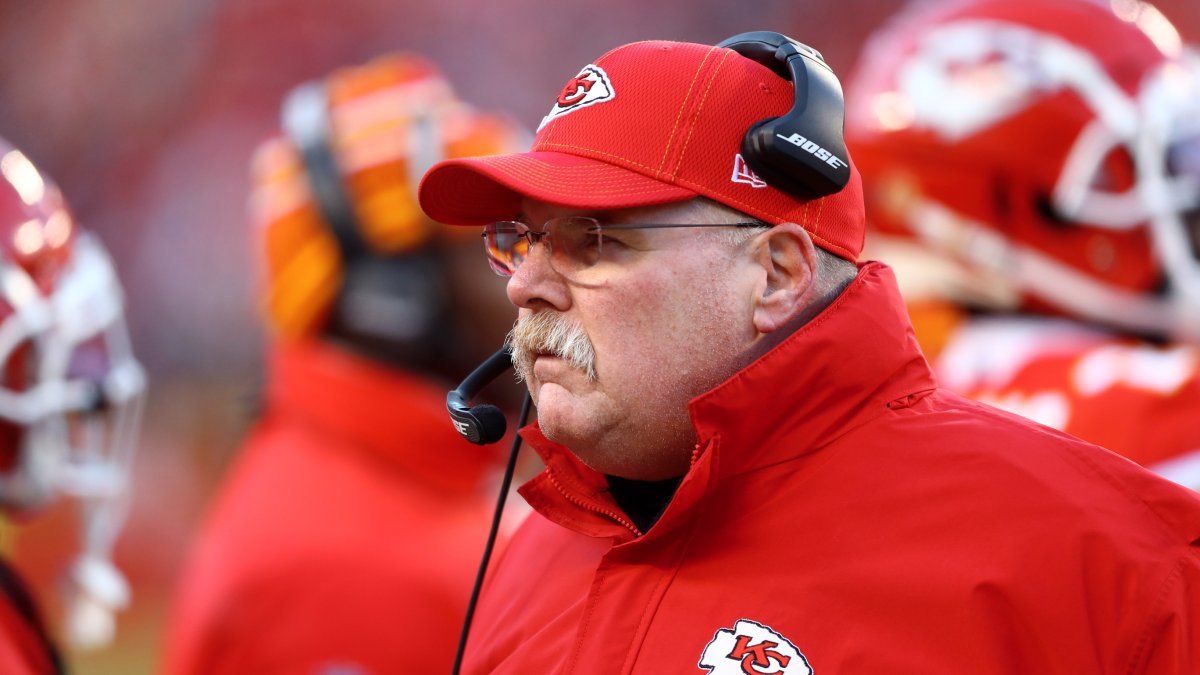The Kansas City Chiefs were in a tough spot after the 2012 season. The Romeo Crennel era was coming to an end after a tumultuous two and a half years under Todd Haley. The same was true of Scott Pioli. They were a 2-14 team with no quarterback, a weak offensive line and a defense that, despite featuring a number of Pro Bowl-caliber players, was not living up to expectations; the Chiefs had a long way to go.
Fast forward to today, and the Chiefs have made a number of great, franchise-altering moves. The first was to hire Andy Reid, who has compiled a 68.8% regular-season win percentage during his seven seasons at the helm. The second was to send two second-round picks to the San Francisco 49ers for Alex Smith, who led the franchise to its first-ever back-to-back AFC West titles and aided in the development of Tyreek Hill and Travis Kelce. The third, and most important, was the draft-day trade with the Buffalo Bills to acquire the No. 10 overall pick in the 2017 NFL Draft to select Texas Tech quarterback Patrick Mahomes, who has been the most valuable player in the NFL via PFF WAR the past two years and the league MVP in 2018.
It’s fairly safe to say that without these three moves, we’re not talking about the Chiefs as the AFC’s representative in the Super Bowl on Sunday. However, there have been a number of moves in the NFL draft, first by John Dorsey and now by Brett Veach, that have made a significant impact for the Kansas City franchise, above and beyond. Here, we discuss some of the most impactful draft picks by the Kansas City Chiefs:
The trade with the Bills (the 27th-overall pick in 2017, the 91st-overall pick in 2017 and what eventually became the 22nd-overall pick in 2018)
Selecting Mahomes was one thing — doing so required some guts on the parts of Reid and the Chiefs organization. Trading up is generally perceived as a negative expected-value move, but with the power of PFF WAR, we’re able to differentiate between a team using a certain pick for a quarterback and a team opting for a non-quarterback. Quarterbacks generate a higher mean and variance in expected production, especially early in the draft. While it’s unclear why Buffalo opted not to upgrade at the quarterback position in 2017, by choosing not to, the trade certainly netted a positive expected value for them:



 © 2024 PFF - all rights reserved.
© 2024 PFF - all rights reserved.